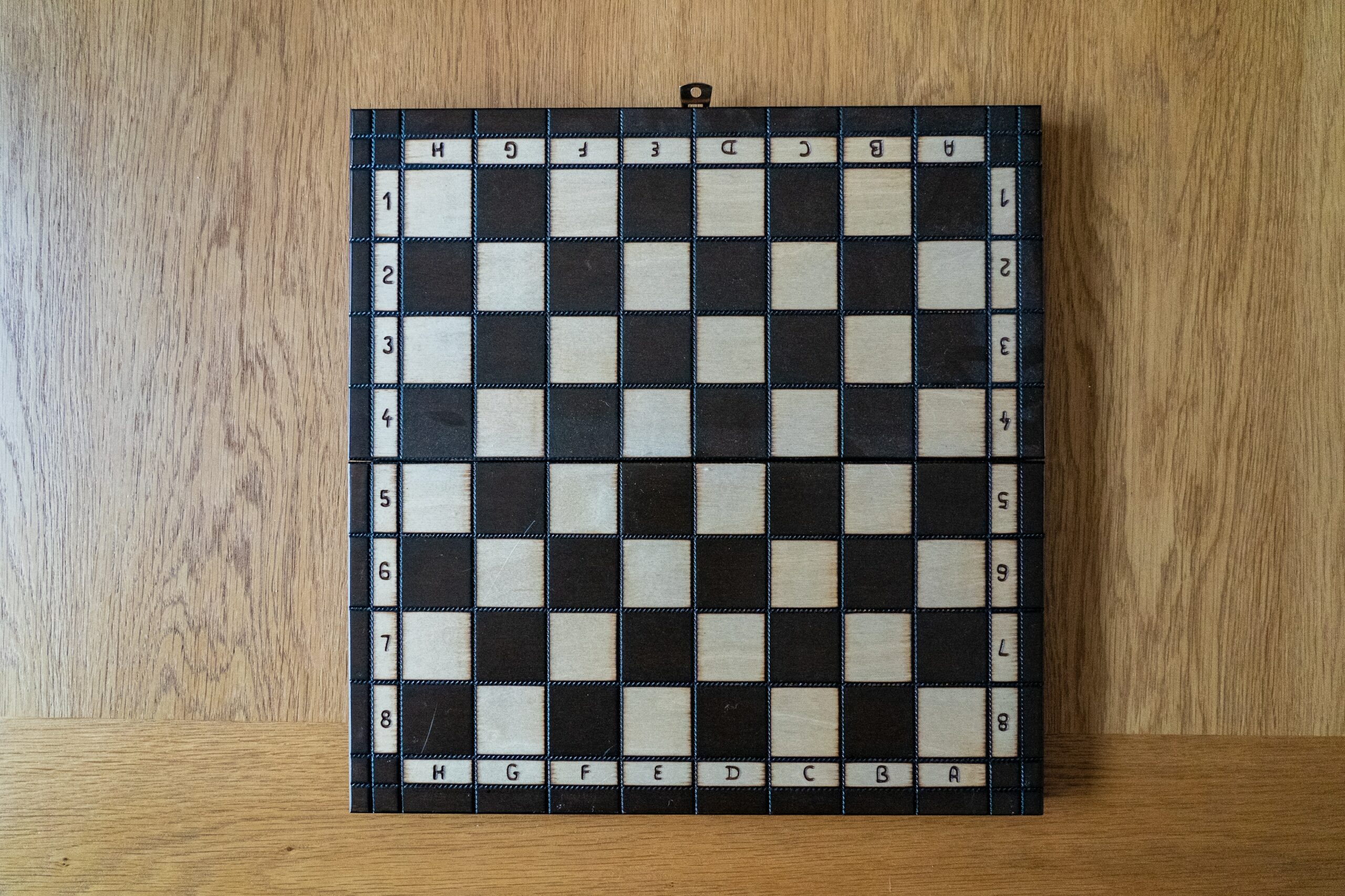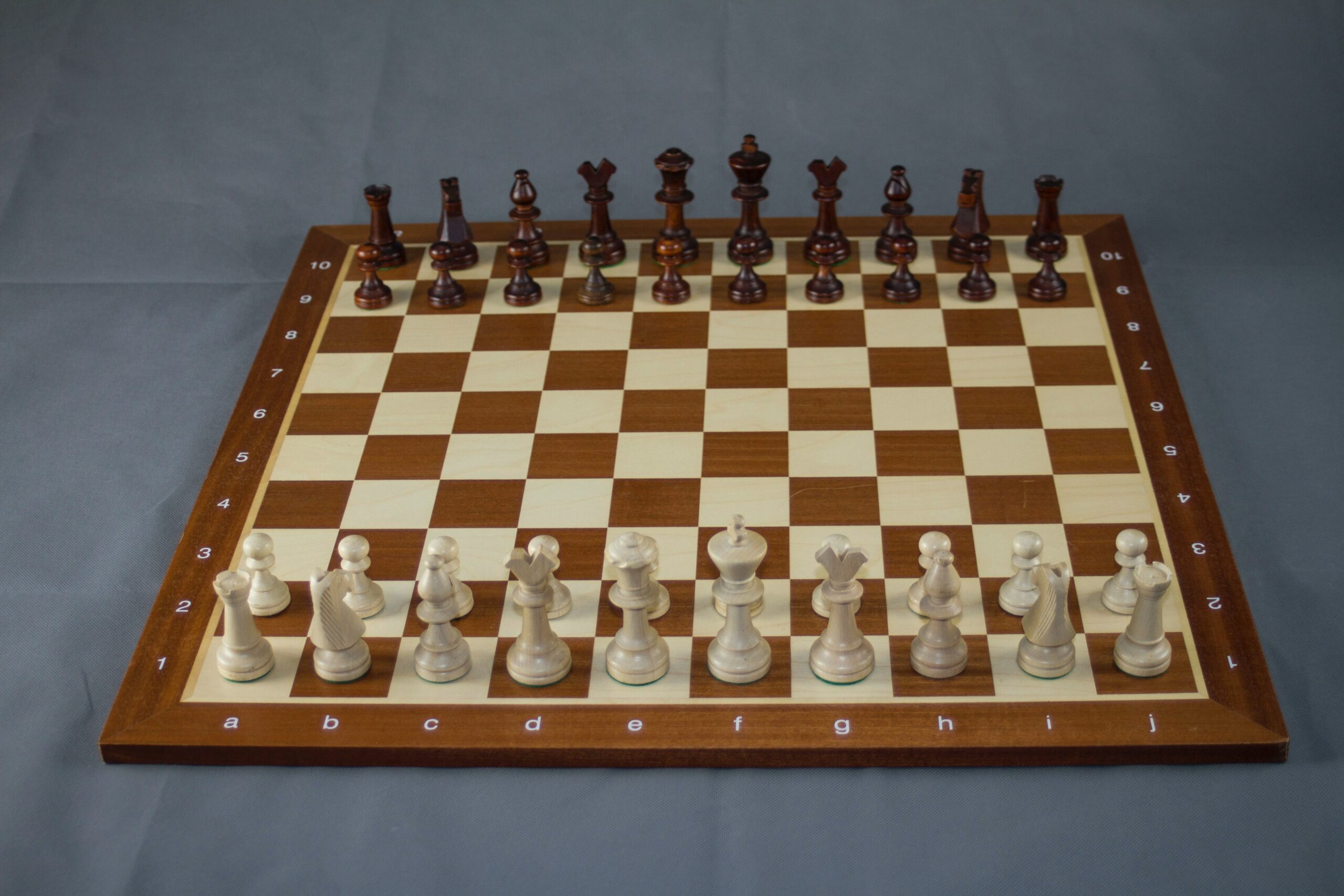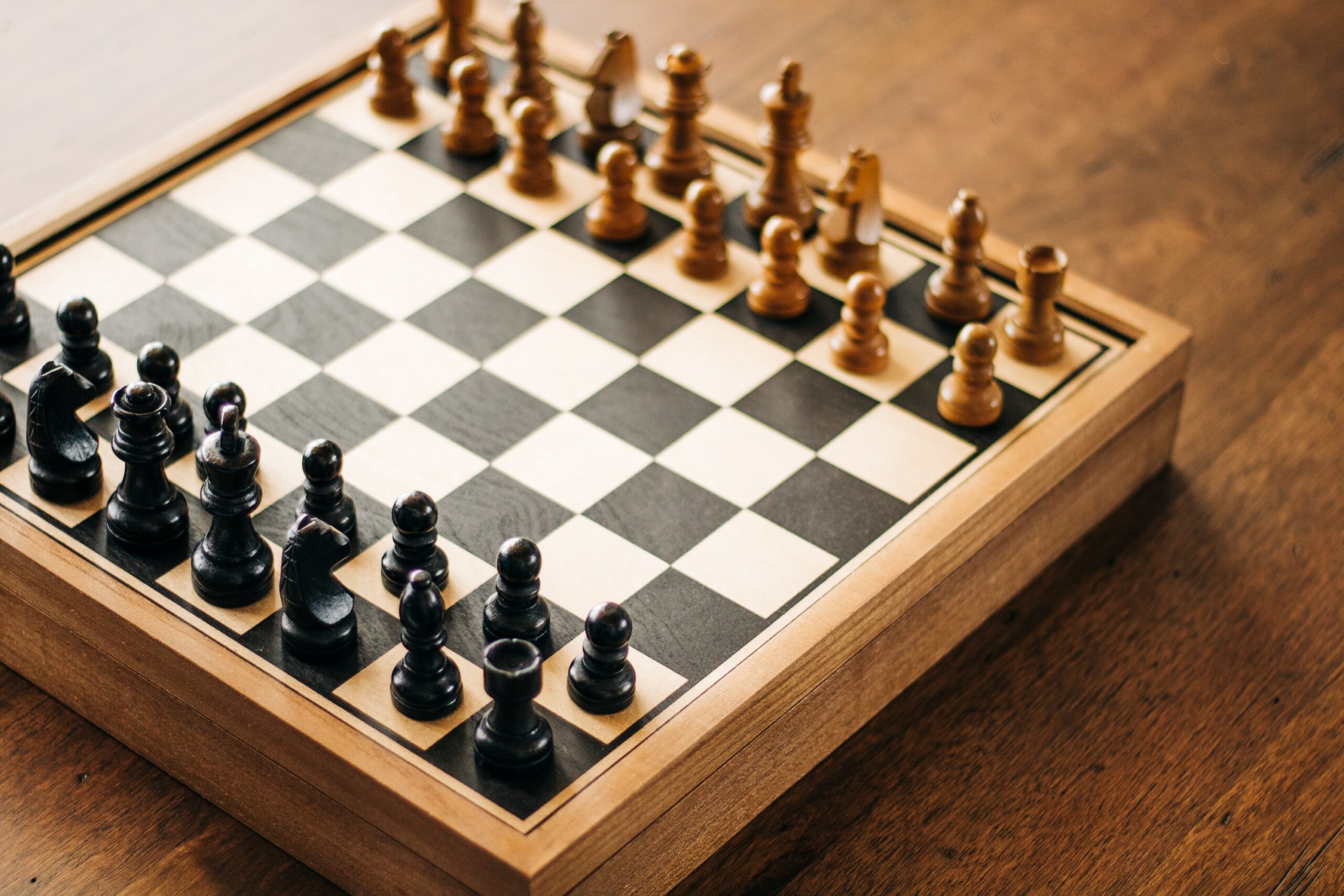Chess is a game that has fascinated people for centuries. Its intricate strategies, mind-boggling moves, and iconic playing board draw players of all ages into its immersive world. But have you ever wondered how many squares are actually on a chessboard?
In this article, we will embark on a journey to unravel this chessboard mystery and explore the fascinating world of squares hiding within the checkered landscape. Get ready to dive into the numbers, patterns, and mathematical formulas that will reveal the answer to the enigmatic question of how many squares are on a chessboard.
How does the number of squares on a chessboard relate to the game’s complexity?
Chess is known for its complexity and strategic depth, and the number of squares on a chessboard is intricately tied to this complexity. The chessboard is a 64-square grid consisting of alternating light and dark squares.
It serves as the battleground for the pieces, where every move and positioning matter. Understanding the total number of squares on the chessboard is essential to comprehend the potential strategic options available to players. So, let’s explore the fascinating aspects of these squares.
Are there more white or black squares on a chessboard?
On a standard chessboard, there are exactly 32 light (white) squares and 32 dark (black) squares. This even distribution ensures a balanced playing field, where each player has an equal number of squares to maneuver their pieces.
The contrasting colors of the squares not only add visual appeal but also aid players in distinguishing different areas of the board during gameplay.
Is there a correlation between the size of the chessboard and the number of squares?

The size of the chessboard directly influences the number of squares it contains. While the standard chessboard is an 8×8 grid, larger or smaller variants exist in certain chess variations. The total number of squares can be determined using a mathematical formula that relates to the size of the board.
The formula states that the sum of the squares on an n x n chessboard is given by the expression n (n + 1) (2n + 1) / 6. Applying this formula reveals that the standard 8×8 chessboard has 204 squares.
What is the mathematical formula to calculate the total number of squares on a chessboard?
The formula mentioned earlier, n (n + 1) (2n + 1) / 6, helps us determine the total number of squares on an n x n chessboard. Let’s break it down further to understand how it works.
The term n represents the size of the chessboard, and by substituting 8 for n in our case, we can calculate the total number of squares as follows:
8 (8 + 1) (2 8 + 1) / 6 = 8 9 * 17 / 6 = 204
So, a standard 8×8 chessboard contains a grand total of 204 squares, including both visible and hidden squares.
| Board Size (n x n) | Total Number of Squares | Formula |
|---|---|---|
| 2 x 2 | 5 | n * (n + 1) * (2n + 1) / 6 |
| 3 x 3 | 14 | n * (n + 1) * (2n + 1) / 6 |
| 4 x 4 | 30 | n * (n + 1) * (2n + 1) / 6 |
| 5 x 5 | 55 | n * (n + 1) * (2n + 1) / 6 |
| 6 x 6 | 91 | n * (n + 1) * (2n + 1) / 6 |
Are there hidden squares on a chessboard that are not immediately visible?
Yes, there are hidden squares on a chessboard that may not be immediately visible to the untrained eye. These hidden squares can be found in various ways. For example, squares that are blocked by pieces or occupied by pieces of the same color can be easily overlooked.
Additionally, squares located behind pieces or in the corners of the board may not be in plain sight during gameplay. However, they still contribute to the overall count of squares on the chessboard.
How many squares can a knight cover on a chessboard in a single move?
The knight is one of the unique pieces in chess, known for its L-shaped move pattern. It can jump over other pieces and cover squares that no other piece can reach. In a single move, a knight can cover a maximum of eight squares on the chessboard.
This ability to jump over obstacles and reach distant squares adds an interesting dynamic to the game, enabling strategic maneuvers and unexpected surprises.
Do all squares on a chessboard have the same size?
While all the squares on a chessboard visually appear to be the same size, their roles and significance in the game differ. Some squares may become key battlegrounds, while others may serve as pathways or strategic positions.
However, from a geometric perspective, all the squares on the chessboard have equal dimensions, forming a symmetrical grid that provides a structured framework for the game.
Can you create a square on a chessboard by connecting multiple smaller squares?
Yes, it is indeed possible to create a square on a chessboard by connecting multiple smaller squares. The chessboard, consisting of 64 squares arranged in an 8×8 grid, provides a unique playground for strategic moves and geometric possibilities.
Aligning the sides of smaller squares or combining them diagonally, can form larger squares within the chessboard’s layout. This interesting aspect of chess adds an extra layer of complexity and aesthetics to the game, allowing players to explore patterns and shapes while planning their moves.
As they connect these smaller squares, players can gain a deeper understanding of spatial relationships and release their creativity in maneuvering pieces across the checkered landscape.
Are the corners of the chessboard essential in determining the total number of squares?
The corners of the chessboard play a vital role in determining the total number of squares on the board. While they may seem like ordinary, unremarkable squares, they serve as anchor points for calculations and are integral to the overall count.
In fact, if we were to remove even one corner, the entire count of squares would be incomplete and inaccurate. The corners provide reference positions for the formation of squares, and their inclusion ensures a comprehensive representation of the chessboard’s strategic landscape.
Is there a difference in the number of squares between a standard chessboard and a variant with a larger grid?

Yes, there is a significant difference in the number of squares between a standard 8×8 chessboard and a variant with a larger grid. The standard chessboard contains 204 squares, as previously discussed.
However, if we consider a larger 10×10 chessboard, the number of squares increases to 385. This increase in the number of squares offers players more room for maneuvering and introduces additional strategic possibilities.
What role do the empty squares play in the total count of squares on a chessboard?
In the intricate game of chess, every square on the chessboard plays a vital role in determining strategic moves and positioning. While the focus often lies on occupied squares, the empty squares on the chessboard should not be overlooked.
These seemingly vacant spaces offer crucial opportunities for movement, planning, and creating pathways for your pieces. Here are some key roles that empty squares play in the total count of squares on a chessboard:
-
Space for maneuvering: Empty squares provide room for your pieces to move freely across the board, allowing you to position them strategically and launch attacks or defensive maneuvers.
-
Pathways for attacks and defenses: Empty squares act as channels for your pieces to navigate and reach critical positions, enabling effective attacks on your opponent’s pieces or safeguarding your own.
-
Tactical positioning: Utilizing empty squares strategically allows you to control key areas of the board, block your opponent’s pieces, or create barriers that restrict their movement.
-
Setting up future moves: Empty squares can be used to plan ahead, positioning your pieces in preparation for future moves, combinations, or tactical exchanges.
-
Enabling piece coordination: Empty squares facilitate the coordination of multiple pieces, allowing them to support each other’s movements and form cohesive strategies.
Are the squares outside the main playing area included in the total count?
No, the squares outside the main playing area, also known as the border squares, are not included in the total count of squares on a chessboard. The main playing area comprises 64 squares arranged in an 8×8 grid.
The border squares form the outer edges of the board and are not involved in gameplay. When calculating the total number of squares, only the squares within the main playing area are considered.
Can you find a pattern in the sequence of square numbers on a chessboard?
There is indeed a pattern in the sequence of square numbers on a chessboard. Square numbers are obtained by multiplying a number by itself. The sequence of square numbers on a chessboard follows a pattern where the number of squares increases by an increment of odd numbers.
Starting from the smallest square number, 1, each subsequent square number can be found by adding the next odd number to the previous square number. This pattern continues until the final square number on the chessboard is reached.
How many different-sized squares are present on a chessboard, and what are their dimensions?

A chessboard, with its 64 squares arranged in an 8×8 grid, is not just a uniform playing field. It harbors a fascinating assortment of different-sized squares, each with its unique dimensions.
Exploring the range of squares on a chessboard reveals a captivating assortment of sizes. Starting from the smallest 1×1 square, there are progressively larger squares to be discovered.
These include four 2×2 squares, nine 3×3 squares, sixteen 4×4 squares, and even a single largest square that encompasses the entire chessboard at 8×8. Understanding the diverse dimensions of these squares not only adds to the aesthetic appeal of the board but also offers strategic possibilities for players to master.
Overall
The number of squares on a chessboard is not as straightforward as it may seem at first glance. Understanding the total count, hidden squares, patterns, and different dimensions of squares adds depth to the game and allows players to delve into the intricacies of chess strategy.
Whether you’re a seasoned player or a curious beginner, exploring the mysteries of the chessboard squares will enhance your appreciation for this timeless game of strategy and intellect.




